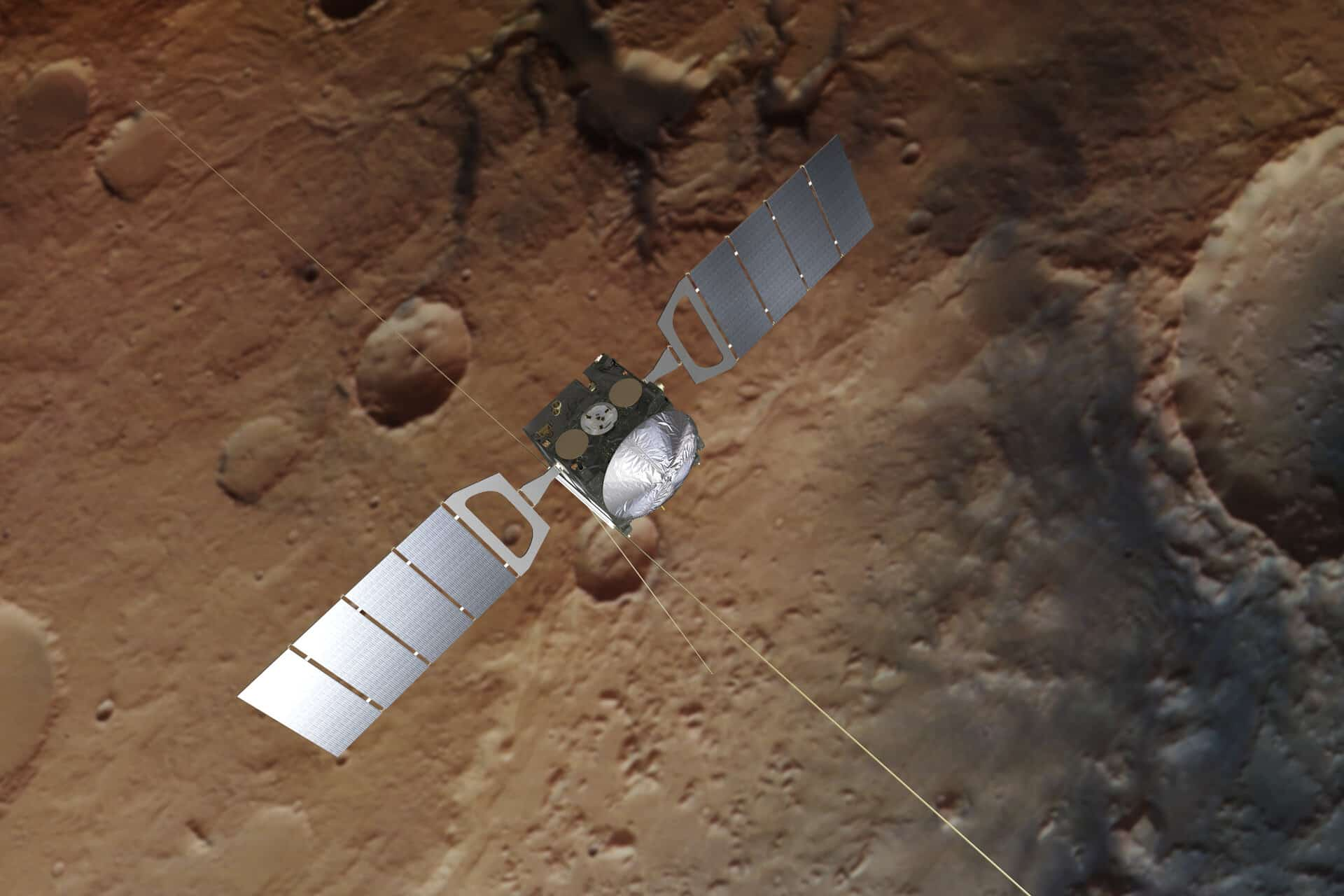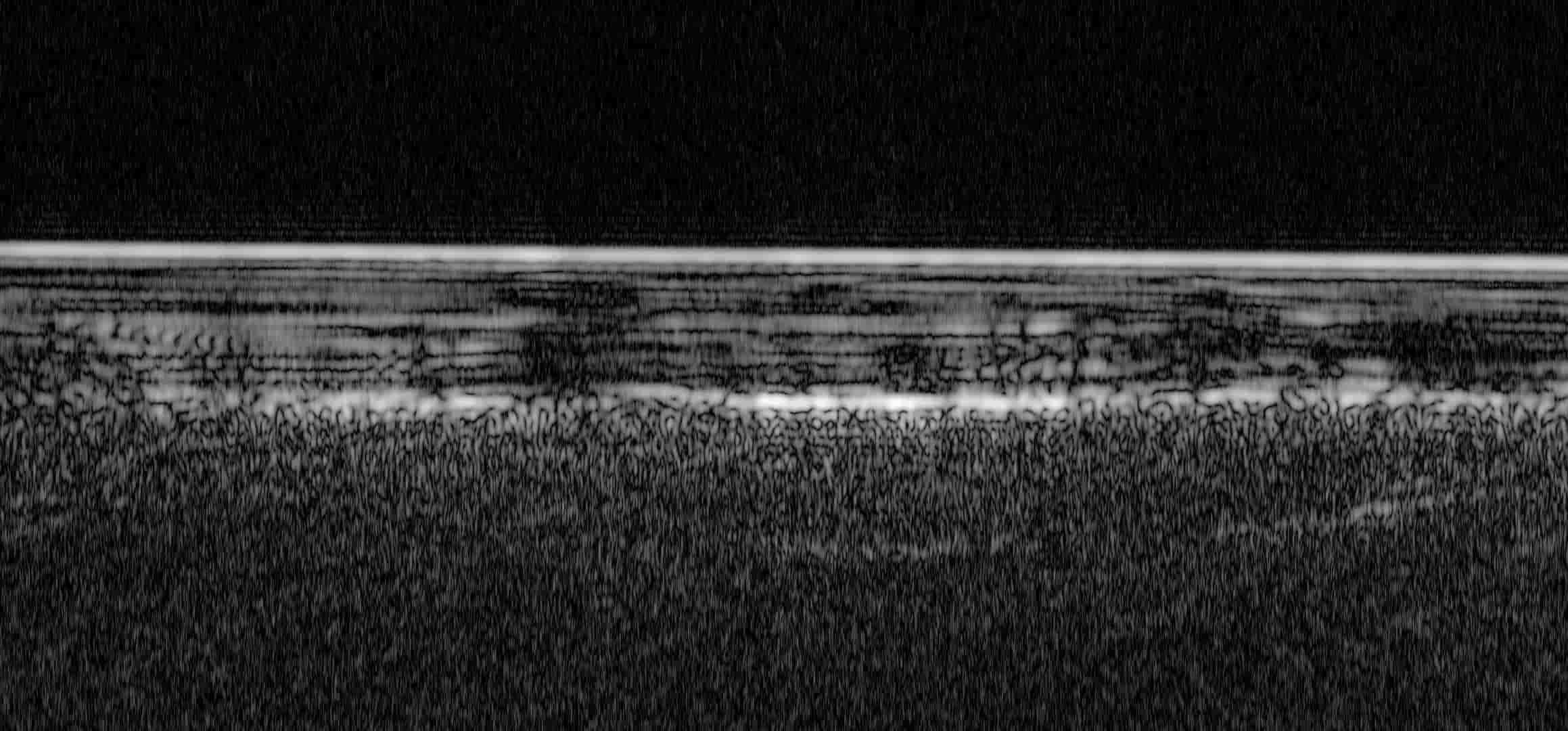Windows 98 is an operating system developed by Microsoft, as part of its Windows 9x family of Microsoft Windows operating systems.
As the successor to Windows 95, it was released to manufacturing on May 15, 1998, and generally to retail on June 25, 1998. Four years later, Microsoft started to cease updates for Windows 98, and ended all updates on June 30, 2002. Microsoft still supported Office XP on Windows 98 until 2006, and stopped all support for the operating system in 2011.
While the operating system has since become obsolete, outdated and unsupported for all people on the surface of the Earth, the same doesn't apply to Windows 98 used by the European Space Agency (ESA) on the planet Mars.
The operating system is used on the Mars Advanced Radar for Subsurface and Ionospheric Sounding (MARSIS), an instrument on Mars Express, a Mars orbiter tasked to find signs of water on the Red Planet.
And this time, the device is receiving a Windows 98 update, for the first time in 19 years.

Mars Express was launched way back in 2003, using an original code created using toolset for Windows 98.
With the software upgrade, conducted by engineers from the Istituto Nazionale di Astrofisica (INAF), Italy, and were fully funded by the Italian Space Agency (ASI), the Mars Express can dramatically improve MARSIS' efficiency.
The upgrade can do this due to a change in the operating system's approach in gathering large amounts of high-resolution data that prevents it from consuming too much of its memory.
"We faced a number of challenges to improve the performance of MARSIS," explained Carlo Nenna, a software engineer at Enginium who is helping ESA with the upgrade.
This happened because not only that the team needed to send a long-overdue update 200 million kilometers into space to Mars, but also because they had to do this by transferring the data through radio signals.
"Not least because the MARSIS software was originally designed over 20 years ago, using a development environment based on Microsoft Windows 98!"
For all this time, ESA and the people at INAF have relied on a technique to store lots of high-resolution data on the MARSIS instrument. While this approach has showed many advantages, but the approach also fills up the onboard memory too quickly.
"By discarding data that we don’t need, the new software allows us to switch MARSIS on for five times as long and explore a much larger area with each pass," said Andrea Cicchetti, a MARSIS operation manager at INAF.
Since commissioned, Mars Express has been capturing dramatic visuals of the Martian landscape.
But what it was most famous for, was when it discovered previous signs of huge underground aquifer in 2018.
According to a website post by ESA, in that location near the planet's south pole, MARSIS found what seems to be a lake of frozen salty water buried 1.5 kilometers deep under a massive 20 kilometer-wide area.
This major new software upgrade "will allow it to see beneath the surfaces of Mars and its moon Phobos in more detail than ever before," according to the ESA.
The extra resolution should help the scientists to better confirm signals hinting at the potential liquid water near Mars' south pole.
The team was only capable of upgrading the system through a newer version of Windows 98 due to MARSIS' hardware, which cannot run newer operating systems.

"The new software will help us more quickly and extensively study these regions in high resolution and confirm whether they are home to new sources of water on Mars. It really is like having a brand new instrument on board Mars Express almost 20 years after launch."
MARSIS uses low-frequency radio waves that bounce off the surface of Mars.
The waves can also penetrate the crust, and the reflected waves allow scientists to differentiate the layers of different materials below the surface, including ice, soil, rock, and water.
With the data, scientists can also determine properties, such as the thickness and composition of its polar ice caps, and the properties of volcanic and sedimentary rock layers.
The upgrade is primarily meant to make MARSIS capable of enhancing the signal reception and onboard data processing to improve the quality of data that’s sent back to Earth.